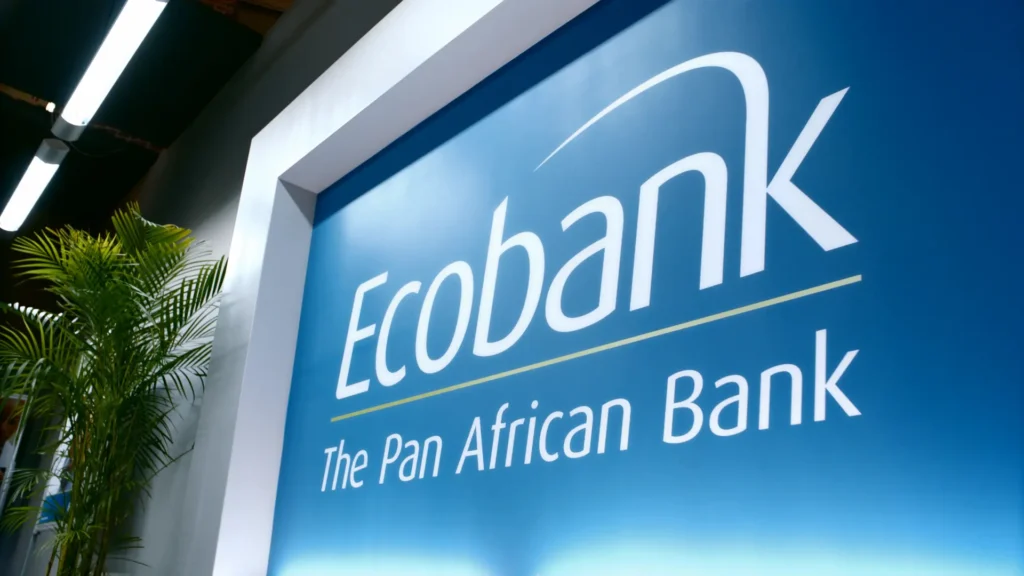
Understanding Book Balance at Ecobank: A Comprehensive Guide
Ecobank customers who manage their finances with us need to understand what the term “book balance” means. As an accurate indicator of the financial position of your account based on registered transactions, this key financial metric means more than just a number. Learn about the importance of book balance at Ecobank and how it maintains financial health.
Key Takeaways
-
Definition: The book balance reflects the amount of money recorded in your Ecobank account based on all completed transactions.
-
Components: Includes processed transactions such as deposits, withdrawals, and transfers.
-
Reconciliation: Regularly reconcile your book balance with your bank statement to ensure accuracy.
-
Discrepancies: Differences between book balance and bank balance may arise due to unprocessed transactions.
-
Management: Effective management of your book balance is crucial for financial stability and accurate decision-making.
The Significance of Book Balance
It is essential for Ecobank’s financial management to understand its book balance. A bank’s internal accounting system records your account balance, encompassing all transactions like deposits and withdrawals. For accurate financial reporting and strategic decisions, this balance provides you with an accurate picture of your actual available funds.
It is important to keep an accurate book balance in order to track your cash flow, reconcile discrepancies, and make informed financial decisions. It is important to ensure that your financial records accurately reflect your financial situation by managing this balance appropriately.
Components of Book Balance
The book balance at Ecobank comprises various financial components that contribute to the overall account balance. These include:
- Deposits in Transit: Funds that have been deposited but not yet reflected in the bank’s records.
- Outstanding Checks: Checks written but not yet processed by the bank.
- Cleared Checks: Checks that have been processed and deducted from the account.
- Electronic Payments: Payments made through electronic means that have been processed.
- ATM Withdrawals: Cash withdrawals from ATMs that are recorded in the book balance.
These elements collectively provide a comprehensive picture of your financial status once all transactions are finalized.
The Reconciliation Process
Reconciling your book balance involves comparing your internal financial records with your bank statement to ensure accuracy. This process is crucial for identifying discrepancies, such as outstanding checks or deposits in transit. Here’s how to effectively reconcile your book balance:
- Gather Records: Collect your bank statement and internal records.
- Compare Transactions: Match each transaction in your internal records with those on the bank statement.
- Identify Discrepancies: Note any differences, such as transactions that have not yet cleared.
- Adjust Records: Make the necessary adjustments to your records to align with the bank statement.
- Verify Accuracy: Ensure that the adjusted book balance matches the bank statement.
This meticulous approach helps maintain accurate financial records, detect errors, and ensure financial stability.
Managing Book Balance for Financial Stability
Effective management of your book balance is vital for maintaining financial stability. Regularly reviewing and reconciling your balance helps you:
- Track Unprocessed Transactions: Identify and account for any pending transactions that could affect your available balance.
- Optimize Interest Income: Ensure that all funds are accurately recorded and utilized to maximize interest income.
- Make Informed Decisions: Use accurate financial data for better decision-making and strategic planning.
By staying on top of your book balance and addressing any discrepancies promptly, you can maintain a strong financial position and avoid potential issues.
Book Balance vs. Bank Balance: Understanding the Differences
It’s important to differentiate between book balances and bank balances.
- Book Balance: Reflects the balance according to your internal records, including all transactions.
- Bank Balance: This represents the balance according to the bank’s records, reflecting processed transactions.
Discrepancies between these balances can occur due to timing differences or unprocessed transactions. Regular reconciliation helps identify and resolve these differences, ensuring accurate financial management.
Frequently Asked Questions
What Is the Meaning of Book Balance in a Bank Account?
The book balance in a bank account refers to the recorded amount based on internal accounting. It includes all transactions and adjustments, reflecting the actual cash balance available. Differences between book balances and bank balances can arise due to unprocessed items.
Can I withdraw from my book balance?
Direct withdrawals from the book balance are not possible. This balance includes pending transactions and should be used as a reference for available funds. Withdrawals should be based on the actual available balance after accounting for processed transactions.
What Is the Difference Between Book Balance and Available Balance?
The book balance includes all recorded transactions, including pending ones, while the available balance represents the amount you can withdraw immediately. Understanding this difference helps you manage your finances effectively.
What Is the Meaning of Balance per Book?
The balance per book is the cash balance recorded in internal financial records. It shows available funds and helps track financial positions. Differences from the bank balance may occur due to transaction timing.
Conclusion
It is crucial to understand the concept of book balance at Ecobank in order to maintain financial stability and make informed decisions. Recording, reconciling, and managing your book balance accurately ensures that your financial records are accurate. Making sound financial decisions requires regular monitoring and reconciliation.
For more information on managing your book balance or to get assistance, visit Ecobank’s official website or contact your local branch.
Leave a Reply